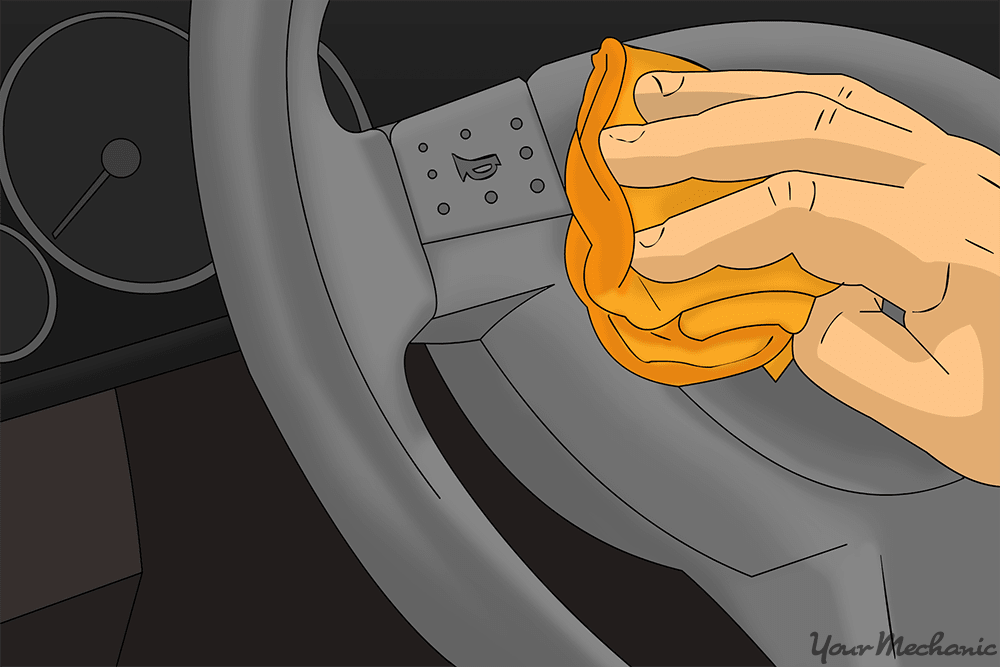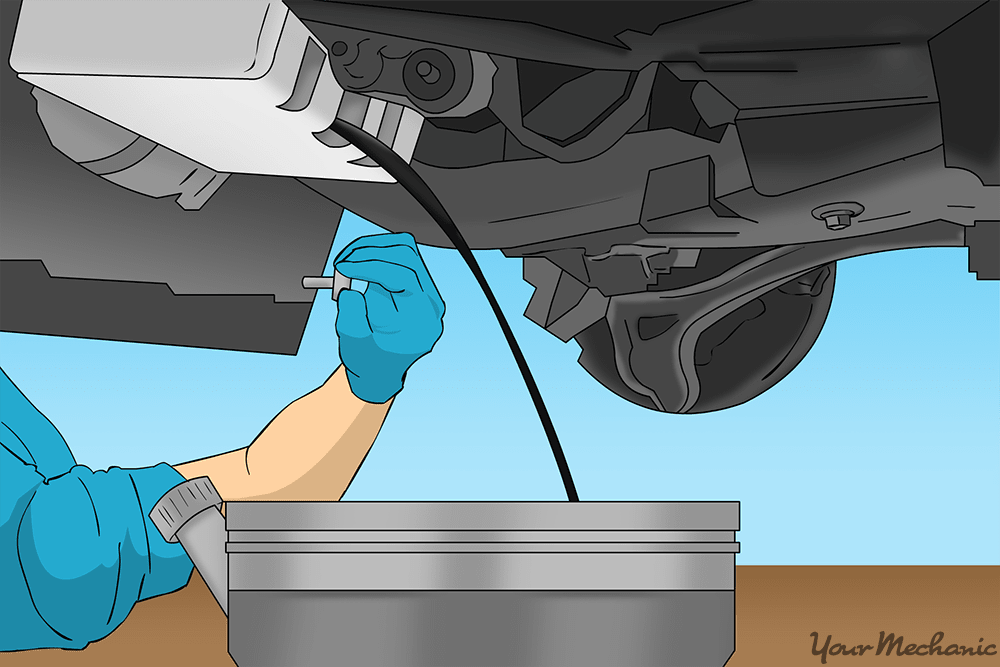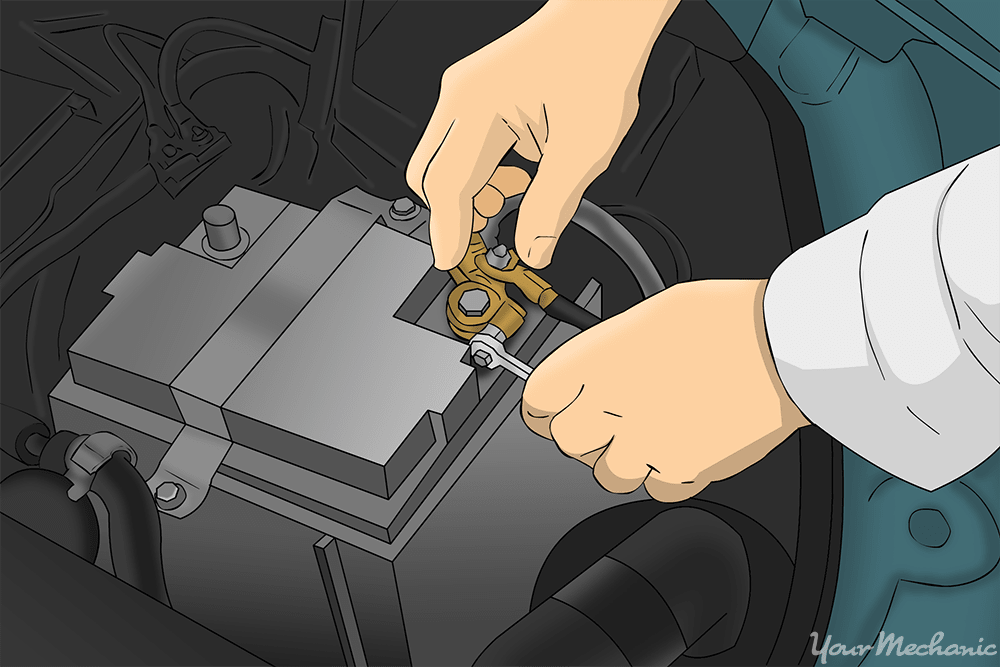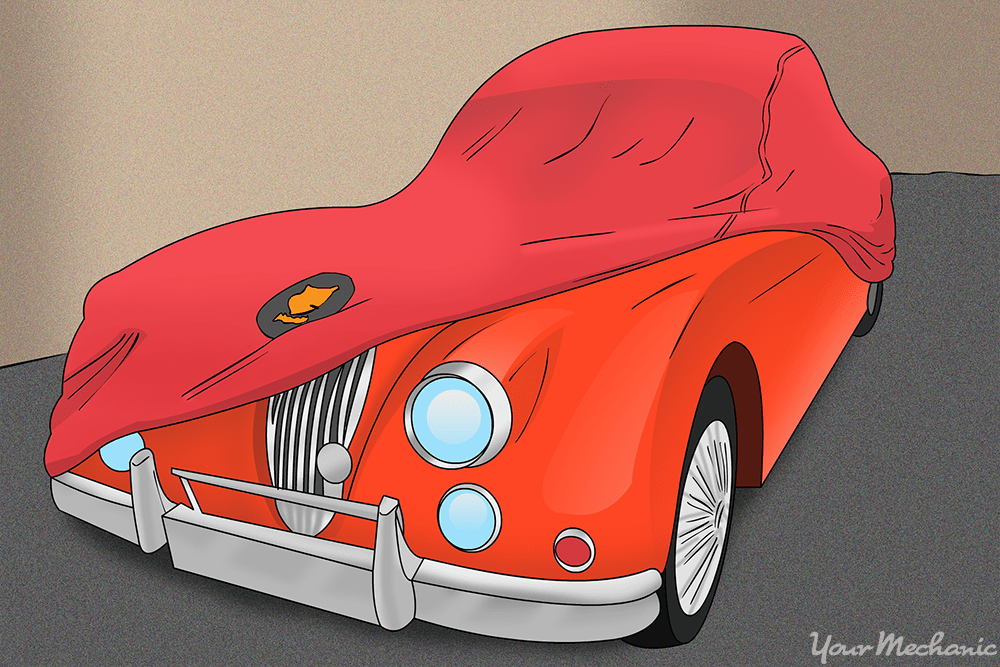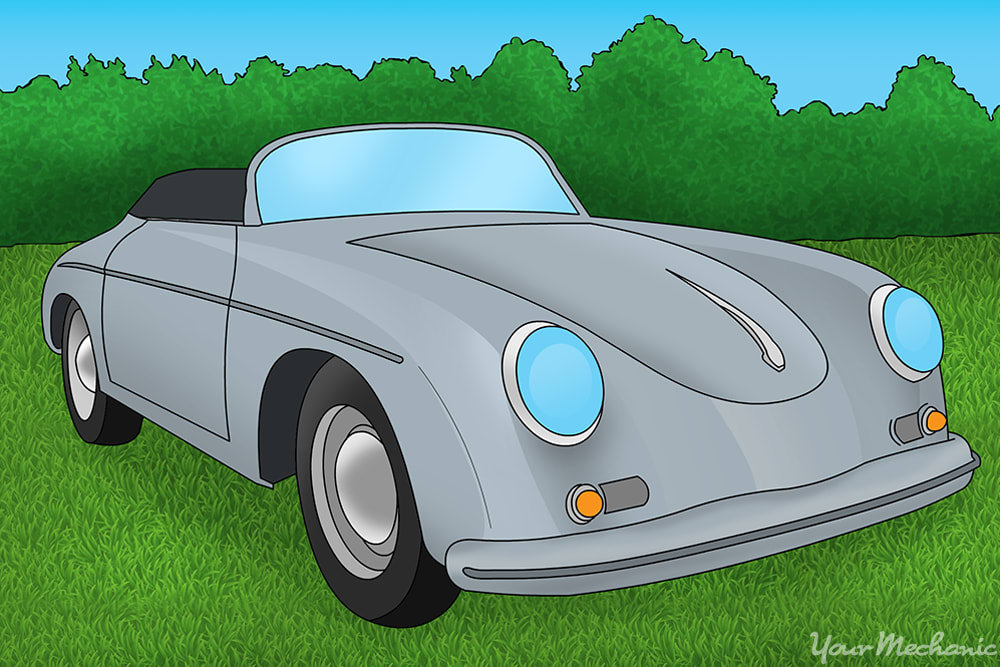

Classic cars are a complete joy to have. They are gorgeous, a lot of fun to drive, and they give owners something to tinker with and to feel prideful about.
Yet as great as classic cars are, they’re not up for the task of being daily drivers; you’ve more than likely got another vehicle for that. Classic cars are best used in moderation - and as a result, sometimes they need to be stored for long periods of time. The problem, of course, is that leaving a car alone for a few months in a row can cause all sorts of issues, as the vehicle can mildew or mold and the internal components can rust or become damaged. As such, it’s crucial to give your classic car the tender love and care that it deserves while it is in storage for long periods of time.
Part 1 of 1: Preparing your classic car for storage
Step 1: Clean and detail the car inside and out. Before storing your classic car for an extended period, you need to properly clean it. If you don’t, then the dirt on the vehicle will have a chance to stain, mildew, mold, and grow.
Start with the interior of the vehicle: detail and polish the upholstery and all of the interior components, vacuum the floors and seats, and clean the inside of the windows.
Then, wash the outside of the vehicle carefully, and give it a good waxing.
The better your car looks when it goes into storage, the better condition it will be in when it comes out of storage.
Step 2: Drain the fluids and oils. Fluids and oils that sit around in your car can cause damage, as any contaminants in the fluids are simply sitting around.
Before putting the car in storage, drain the engine oil, brake fluid, transmission fluid, coolant, and gas.
This will help keep your gorgeous classic car healthy when in storage. However, if you’re storing your vehicle for less than six months, you can leave the gas in the tank (but drain the other fluids), but be sure to add a can of gasoline stabilizer to the fuel tank.
Warning: It’s best to drain the fluids when they are warm, as they will pick up the most contaminants that way. However, you must exercise extreme caution when draining hot fluids from your car - this can be a dangerous procedure.
Tip: Always recycle your drained fluids through a hazardous waste removal service.
Step 3: Lube up the fittings. To keep the joints of your classic car healthy, add some lube to the suspension and steering fittings, as well as to the front wheel bearings.
Step 4: Remove, wash, and store your battery. Batteries can corrode when they’re attached to your vehicle, which causes damage to both the battery and the car.
To keep this from happening, remove your battery before storing your classic car. Give your battery a quick wash with cold water and baking soda, and then store it in a dry and cold place, off the ground, and off of concrete.
If you don’t feel comfortable removing your battery, a certified mechanic, such as one from YourMechanic, can help you with the task.
Step 5: Lock the clutch in position. If your classic car has a manual transmission, you’ll want to keep the clutch open to keep the clutch plates from sticking together.
To do this, depress the clutch pedal, and then use a 2x4 board to hold the clutch in the depressed position.
Step 6: Keep it fresh. If you’re storing your vehicle in a garage or other indoor facility, roll down the windows to keep mold and mildew from forming, and open a box a baking soda in the interior to absorb any moisture.
- Tip: You can also stuff a rag in the exhaust pipe to eliminate any chances of an animal entering your vehicle.
Step 7: Cover it up. Before leaving your classic car in its storage spot, cover it up with a car cover.
Avoid plastic and polyester car covers - they trap heat and moisture, which will ultimately damage your beautiful car. Instead, opt for a cotton flannel cover, or any other cover that is designed for storing vintage vehicles.
- Tip: If your classic car is a convertible, make sure to put the top up before storing it.
With these tips, you’ll be able to keep your classic car in the best condition possible, so that it remains a beauty for you whenever you bring it out of storage. If you need assistance draining any fluids or removing your battery, a certified mechanic from YourMechanic can come to you and perform the service at a reasonable cost.


